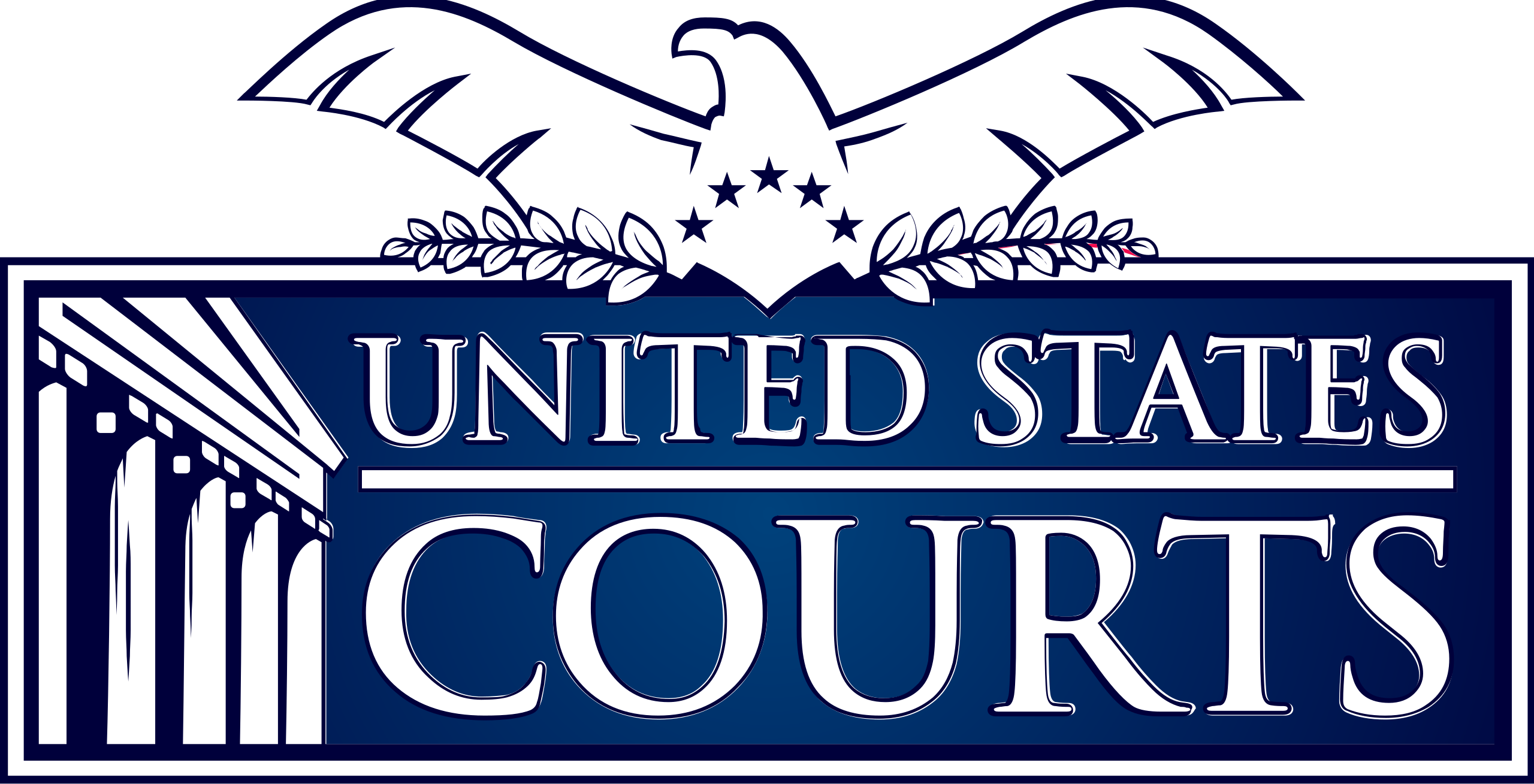






IRS Form 8283, also known as the Noncash Charitable Contributions form, is a crucial tax document that taxpayers must file when making significant charitable donations of property rather than cash. This form serves as a detailed record of your noncash contributions and is required when your total claimed deduction for all noncash gifts exceeds $500 in a tax year.
Whether you're donating artwork, real estate, stocks, or other valuable property, Form 8283 helps ensure proper documentation and valuation of your charitable contributions. The form is particularly important because it provides the IRS with essential information about the donated property, its appraised value, and the qualified organization that received it.
For donations valued over $5,000, the form also requires a qualified appraisal, adding an extra layer of verification to support your claimed deduction.
IRS Form 8283 must be filed in several key situations.
First, you're required to file Form 8283 if the amount of your deduction for any single noncash contribution exceeds $500. You must also file the form if you have a group of similar items for which a total deduction of more than $500 is claimed. It's important to note that this $500 threshold refers to your deduction amount before applying any income limits that could result in a carryover.
The filing requirements vary by entity type:
Special circumstances may also trigger the requirement to file Form 8283. For example, if you're claiming a deduction for a single article of clothing or household item that is not in good used condition and is valued at more than $500, you must file Form 8283 Section B and include a qualified appraisal.
Important exceptions exist for certain types of property:
Remember that failing to file Form 8283 when required can result in your deduction being disallowed, unless the failure was due to reasonable cause and not willful neglect.
It depends. If you are claiming a deduction exceeding $5,000, then you will need a "qualified appraisal" and a signature from a "qualified appraiser" in Section B of the IRS Form 8283.
You will need an appraisal in any of (but not limited to) these situations:
Items reportable in Section B require a written qualified appraisal by a qualified appraiser.
Section A covers most noncash contributions below $5,000 and includes basic information about the donation, such as description and fair market value.
This section is specifically designed for:
Remember: While Section A is simpler than Section B, accuracy is still crucial. The IRS may request additional documentation to support your claimed deductions, so maintain thorough records even when an appraisal isn't required.
Section B requires more detailed information, including qualified appraisal details, and is used for high-value items, such as art, real estate, or collectibles.
This section must be used for:
Here is an example of a donation with multiple similar items. Let's say you donate:
The total value equals $5,400, so Section B would be required. Additionally, you would need to make sure that separate Section B Forms are prepared for each organization, as each will sign the "Donee Acknowledgement" section of the forms.
Say you have determined that an appraisal is needed for your IRS Form 8283 and you will be filling out Section B instead of Section A.
Let's walk through some of the important frequently asked questions for the appraisal requirements.
The IRS maintains strict timing requirements for qualified appraisals to ensure accurate and timely valuations.
The appraisal must be performed no earlier than 60 days before the date of the donation and no later than the due date (including extensions) of the tax return on which you first claim the deduction.
If you file an amended return, you must have obtained the appraisal before filing that return. This timing requirement helps ensure that the appraised value closely reflects the property's actual worth at the time of donation. Missing these deadlines can result in your deduction being disallowed, even if the donation itself was legitimate.
If you plan to donate the items after having the appraisal completed, then you will have 60 days from that point to make the donation. If you miss that 60-day deadline, the original appraisal will be invalid and you will need to get an updated qualified appraisal.
A qualified appraisal must meet specific IRS standards under Treasury Regulations section 1.170A-17(a) and (b). The appraisal must:
A qualified appraisal must include several specific elements to satisfy IRS requirements:
For art objects valued at $20,000 or more, additional documentation is required, including clear photographs of a quality sufficient to establish the art's authenticity. The appraisal must also explain how various factors, such as the artwork's provenance, condition, and market data, influenced the final valuation.
Each of these requirements serves to create a comprehensive record that supports your charitable deduction and helps prevent overvaluation of donated property. Meeting all these requirements may seem demanding, but they protect both the taxpayer and the tax system's integrity.
According to IRS regulations, a qualified appraiser must meet specific criteria to be eligible to perform appraisals for charitable contribution deductions. Here are the key requirements:
A qualified appraiser must meet one of these two qualification paths:
An appraiser cannot be:
The appraiser must formally declare that:
These requirements ensure that appraisals are performed by qualified, independent professionals who can provide unbiased valuations for charitable contribution purposes.
Several categories of individuals are explicitly prohibited from serving as qualified appraisers for IRS or USPAP-compliant reports:
Qualified appraisers must make several specific declarations and accept significant responsibilities:
The appraiser must also understand that their work may be subject to IRS scrutiny and that they could face penalties under Section 6695A of the Internal Revenue Code for substantial or gross valuation misstatements.
See below for the exact provision that a qualified appraiser signs to in Part IV ("Declaration of Appraiser") of the IRS 8283 Form:
I declare that I am not the donor, the donee, a party to the transaction in which the donor acquired the property, employed by, or related to any of the foregoing persons, or married to any person who is related to any of the foregoing persons. And, if regularly used by the donor, donee, or party to the transaction, I performed the majority of my appraisals during my tax year for other persons.
Also, I declare that I perform appraisals on a regular basis; and that because of my qualifications as described in the appraisal, I am qualified to make appraisals of the type of property being valued. I certify that the appraisal fees were not based on a percentage of the appraised property value. Furthermore, I understand that a false or fraudulent overstatement of the property value as described in the qualified appraisal or this Form 8283 may subject me to the penalty under section 6701(a) (aiding and abetting the understatement of tax liability). I understand that my appraisal will be used in connection with a return or claim for refund. I also understand that, if there is a substantial or gross valuation misstatement of the value of the property claimed on the return or claim for refund that is based on my appraisal, I may be subject to a penalty under section 6695A of the Internal Revenue Code, as well as other applicable penalties. I affirm that I have not been at any time in the three-year period ending on the date of the appraisal barred from presenting evidence or testimony before the Department of the Treasury or the Internal Revenue Service pursuant to 31 U.S.C. 330(c).
According to IRS Publication 561, Fair Market Value (FMV) is the key to determining the amount of your charitable deduction for donated property. The publication defines FMV as "the price that property would sell for on the open market. It is the price that would be agreed on between a willing buyer and a willing seller, with neither being required to act, and both having reasonable knowledge of the relevant facts."
Key Factors Affecting FMV Publication 561 outlines four main factors that must be considered when determining FMV:
Publication 561 emphasizes several key points about determining FMV:
The publication states that to support the FMV claimed on your tax return, you should keep records containing:
This understanding of FMV is crucial because it forms the basis for determining the amount you can deduct on your tax return for charitable contributions of property.
The appraisal may be considered invalid, potentially resulting in your deduction being disallowed.
Similar items are those within the same general category, like books by the same author or components of a stereo system.
Yes, you need separate Form 8283 Section B documentation for each donee organization, even for similar items.
While the IRS doesn't precisely define this, items should be usable and have clear value beyond sentimental worth.
Yes, art valued at $20,000 or more requires a complete copy of the signed appraisal and potentially photographs to be attached to the return.
The fair market value must be reduced according to specific IRS formulas, and additional charitable contribution deductions may be available in later years.
You can only deduct the lower of your cost basis or the fair market value at the time of donation.
Only if they are qualified in valuing each specific type of property being appraised.
Vehicles generally require contemporaneous written acknowledgment (Form 1098-C) rather than an appraisal if the deduction is limited to sale proceeds.
It must detail the specific approach used (market, income, or replacement cost) and justify why that method was appropriate.
If donated within two months of purchase, the appraiser can be the same person who conducted the purchase appraisal if the value doesn't exceed the purchase price.
No, publicly traded securities are exempt from the appraisal requirement regardless of value.
It must be a real property interest donated to a qualified organization exclusively for conservation purposes.
Each owner should report their proportionate share and include appropriate documentation on their individual returns.
You'll need to document the reason for the increase, and the appraiser should specifically address factors contributing to the appreciation.
Yes, including specific documentation requirements and potentially a $500 filing fee.
The appraisal must specifically value the partial interest being donated and include detailed information about any restrictions.
The appraisal must separately value the deductible portion and explain the allocation methodology.
Yes, the IRS can challenge valuations even if they meet all technical requirements but appear unreasonable.
Both donor and appraiser could face penalties for substantial valuation misstatements, with penalties increasing for gross valuation misstatements.
Understanding IRS Form 8283 and its appraisal requirements is crucial for anyone making significant non-cash charitable contributions. While the rules may seem complex, they serve an important purpose: ensuring that charitable deductions are properly documented and accurately valued. Whether you're donating art, real estate, or other valuable property, following the IRS guidelines for appraisals and documentation helps protect both you and the charitable organizations you support. Remember that the consequences of failing to meet these requirements can be serious, potentially resulting in denied deductions. When in doubt, it's always wise to consult with a qualified tax professional who can guide you through the process and help ensure your charitable contributions are properly documented and reported to the IRS.




